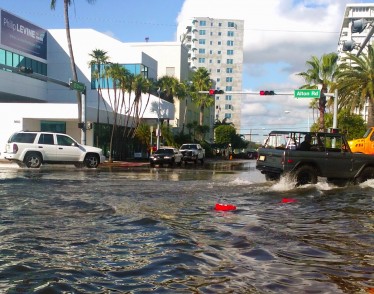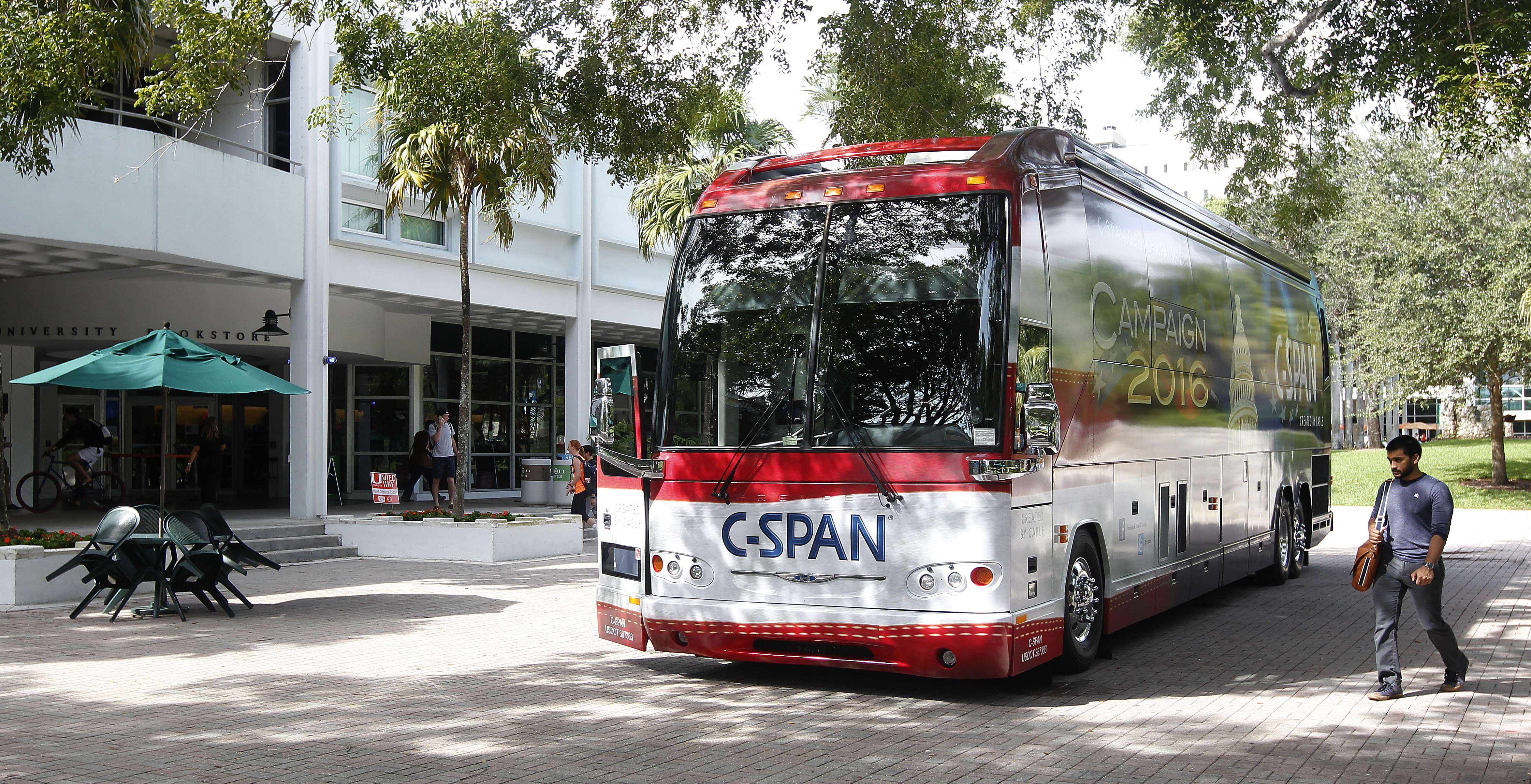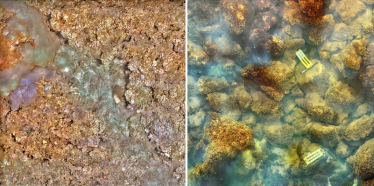Special to UM News

Miami Beach, which flooded during a king tide in 2013, is part of South Florida’s water sustainability study region. Photo by Arianna Prothero/WLRN
MIAMI, Fla. (August 26, 2015)—A consortium of 14 U.S. academic institutions, including the University of Miami, received a $12 million award from the National Science Foundation (NSF) to address challenges that threaten urban water systems in the United States and around the world. Rosenstiel School researchers David Letson and Kenny Broad are among the network’s principal investigators.
The newly established Urban Water Innovation Network (UWIN), led by Colorado State University, will create technological, institutional, and management solutions to help communities increase the resilience of their water systems and enhance preparedness for responding to water crises. Letson and Broad, professors of marine ecosystems and society, will help design and measure the impacts of innovative technological solutions, such as green infrastructure, sustainable urban drainage networks, and floodplains, that can enhance the sustainability of water systems across urban water systems.
The network will establish six highly connected regional urban water sustainability hubs in densely populated regions across the nation to help communities transition to sustainable management of water resources. The South Florida urban area, which includes the cities of Miami, Fort Lauderdale, and West Palm Beach, will be among the six water sustainability study regions used as an observatory to identify key sustainability indicators.
According to the World Economic Forum’s 2014 Global Risks Perception Survey, water crises are the top global risk to the viability of communities throughout the world. From the crippling droughts and water shortages in the West to the devastating floods in the East and South, U.S. water systems have been impacted by changes in climate, demographics, and other pressures. Reliance on water is why Americans express greater concern about threats to water than about any other environmental issue, according to the latest Gallup poll of environmental concerns.
Extreme events and global climate change can have profound impacts on water security, shattering the most vulnerable communities and instilling enormous costs on governments and economies. Effective response to these challenges requires transitioning to both technological and management solutions that protect water systems from pressures and enhance their resilience.
The vision of UWIN is to create an enduring research network for integrated water systems and to cultivate champions of innovation for water-sensitive urban design and resilient cities. The integrated research, outreach, education, and participatory approach of UWIN will produce a toolbox of sustainable solutions by simultaneously minimizing pressures, enhancing resilience to extreme events, and maximizing co-benefits. These benefits will reverberate across other systems, such as urban ecosystems, economies, and arrangements for environmental justice and social equity.
Strategic partnerships and engagement with other prominent U.S. and international networks will extend UWIN’s reach to more than 100 cities around the world. Key UWIN partners and collaborators include the Water Environment Research Foundation (WERF), the Urban Sustainability Directors Network (USDN), and the Network for Water in European Regions and Cities (NETWERC H2O).
This innovative research project will ultimately produce an Urban Water Sustainability Blueprint, outlining effects and tradeoffs associated with sustainable solutions for cities of all sizes. It also will provide steps and guidance for action based on the collective knowledge gained by the research and the collaborative approach of the Sustainability Research Network.
In addition to Colorado State University and UM, the UWIN consortium includes Arizona State University, Cary Institute of Ecosystem Studies, Florida International University, Howard University, Oregon State University, Princeton University, University of Arizona, University of California-Berkeley, University of California-Riverside, University of Maryland Baltimore County, University of Oregon, and University of Pennsylvania.















